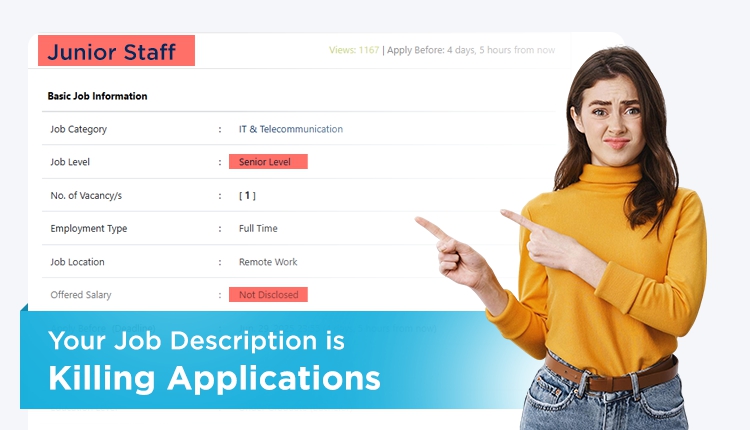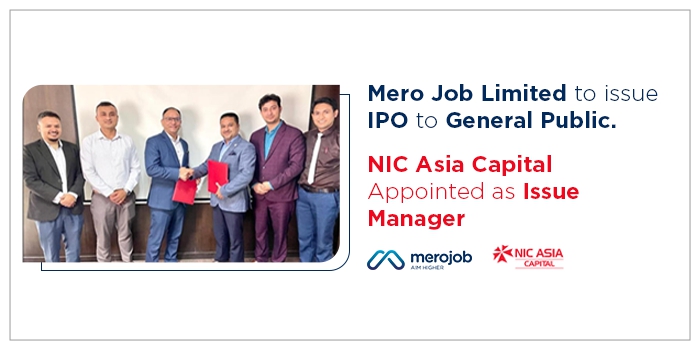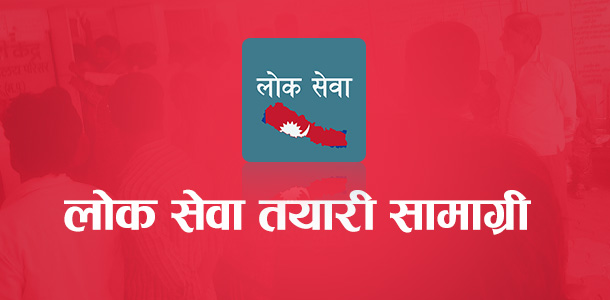Announced for a job vacancy in your company and started getting applications? Getting lots of applications presents great deal of challenges for the hiring manager. Especially in case of offline applications, shortlisting involves huge deal of time & effort. It’s great to have so much interest in the position, but it can also be an incredibly tiring task to filter through a large stack of applicants.
But, application shortlisting can be much easier and quicker if done in a smart and efficient manner.
Remove Generic Applications
The very first step in applications shortlisting can be separating generic job applications from the tailored ones. You can assume that they’re not serious about this particular position.
If they did not take the time to focus in on the specific position, they might not be serious about it. For example, you may have requested applicants to have experience leading a team. If the CV does not mention this requirement, you can just keep it aside.
Focus On Required Skills, Qualifications, and Experience
While filtering the applications, focus solely on the skills, abilities and qualifications that you specifically mentioned in the vacancy announcement. If you wrote a clear set of criteria, applicants should have read your ad closely and applied accordingly.
Those applicants that do not display the mentioned criteria get removed from the pool. If they did not list these skills, abilities, and qualifications in their application, then they’re probably not right for this specific position.
But, if you come across any applications that do not possess those exact skills, but display some interesting qualifications, place that application to the side. They may not be right for this position, but they may be valued within another upcoming position.
Now, focus on their work experience. Was their last job related to the position you’re hiring for? Is it at least in the same industry? The information on their application should be relevant to the advertised position. Focus on their career thus far. Does it seem to be on an upward direction, or does it appear to be descending?
All this processes will surely cut off the applications by at least 50%. The remaining applications should be clearly presented, show correct spelling and grammar, and be easy to follow.
Interests and Hobbies
Many applicants will include a little bit of personal information regarding their main hobbies and interests. This can provide you with information that displays their ability to fit in around the office.
Interests and hobbies may uncover something that is related to the position. For instance, you’re an environmental company and the person takes a large interest in camping, fundraising, and gardening. This already tells you that this applicants enjoys nature and gets involved.
Mandatory Application Form
A great way to get the answers you’re after is insisting that applicants fill out a specific form you created. Since you will have created this form, you’ll know exactly where to focus. You can quickly find details regarding their education, experience, employment history, skills, and more.
An added benefit of application forms are the questions you can ask. A CV will not provide you with this direct, detailed information. You can ask them specifically what they think they can offer the company, where they see themselves in three years, and any other question you feel is relevant.
Get Some Help
If you make a checklist of exactly what you’re looking for, get someone to help you. You can get help from your colleagues or even a recruitment company.
Hiring someone doesn’t need to be a nightmare. Approach your stack of applications with a clear image of what you’re looking for. If you focus on selected items, you can filter through applications easily. You just need to use a system that works for you and you should have no problem finding the perfect fit.
















